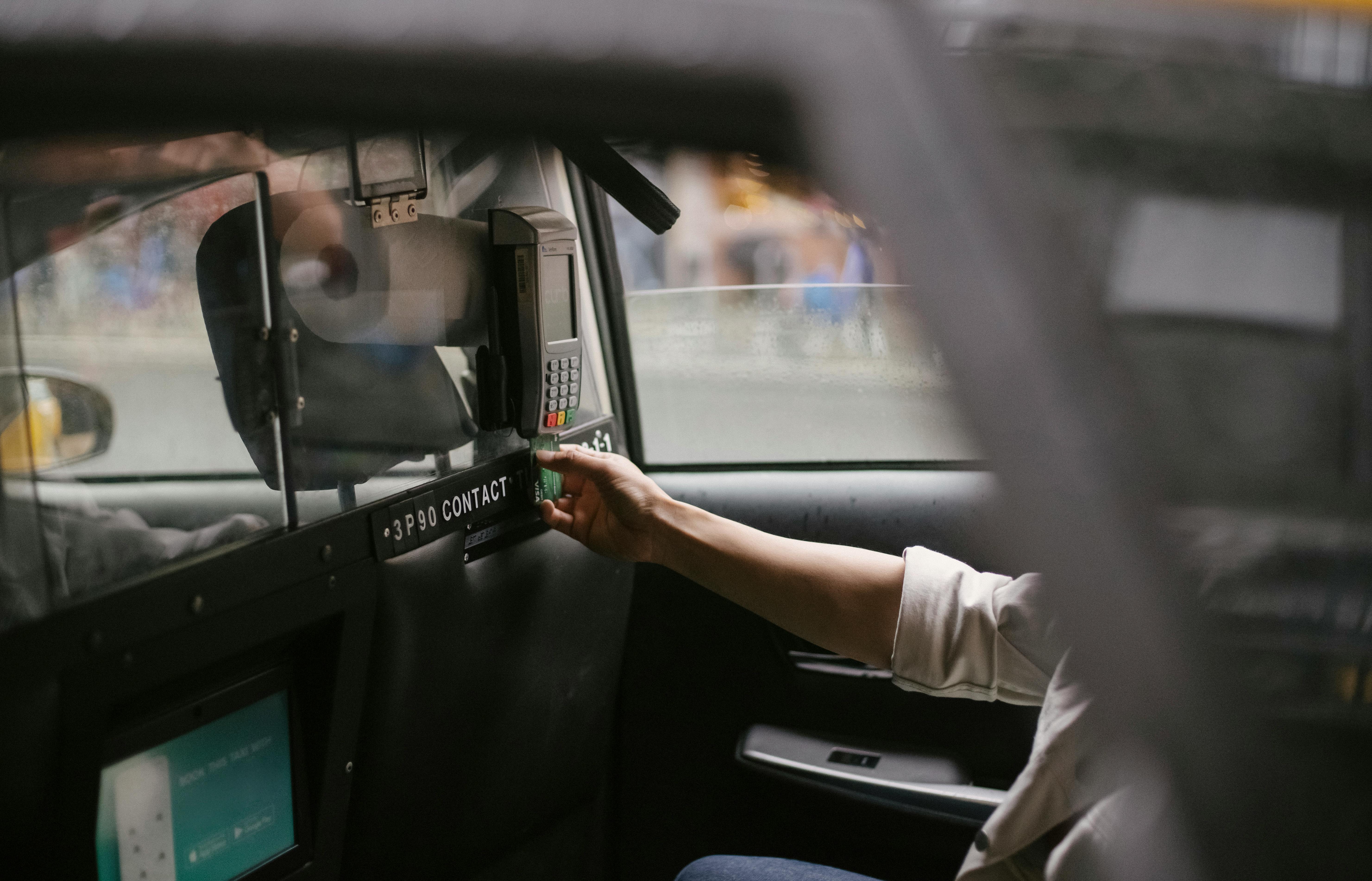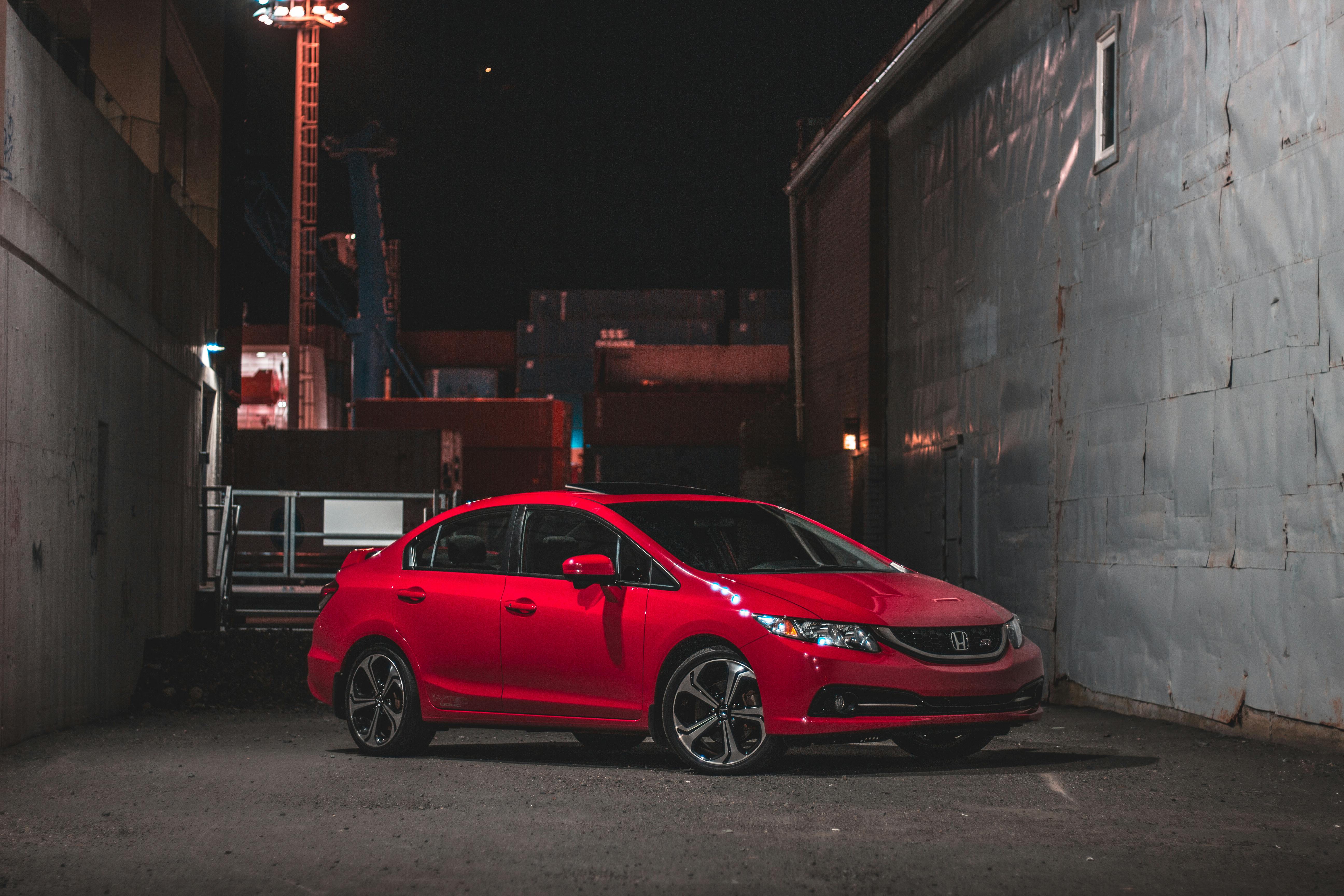
Aston Martin: opportunities and threats under new ownership
The big news for Aston Martin fans this week is that the luxury sports car maker made famous by James Bond 007 is back in British hands.
Ford announced that it has sold the company to a UK-led group led by Dave Richards, head of the respected motorsports specialist Prodrive, for £ 479 million.
The American auto giant has had a large stake in Aston Martin since 1987, buying the company in 1994 and overseeing a period of unprecedented sales success. Under Ford ownership, the company developed several respected new models and reported record sales of 7,000 cars in 2006.
But with the onset of Ford’s financial troubles, the group decided to sell the luxury brand. Ford lost more than $ 12 billion in 2006 and faces huge restructuring costs. However, the group still holds a £ 40 million share of the company.
The sports car specialist will remain at his specially designed factory in Gaydon, Warwickshire, where 1,800 people work.
Prodrive success
Under the leadership of Dave Richards, Prodrive has built a formidable reputation in motorsports, leading the Aston Martin racing team in the sports car series around the world, as well as the successful Subaru rally team.
Dave Richards also led the BAR Formula One team from 2002 to 2004, taking the team from eighth to second in the constructors’ world championship in that period, before Honda assumed a larger role and the BAR team changed its name. Richards was also a prominent figure on the Benetton F1 team in the late 1990s.
Most interesting for motorsport fans is that Prodrive owns a slot to enter the 2008 F1 World Championship. But the consortium has called speculation “unfounded” that Prodrive may now brand its F1 cars as Aston Martin.
Also in the consortium with Dave Richards are finance and shipping banker John Sinders and two Kuwaiti investment firms.
Richards assured Aston Martin fans that the new owners were committed to the company for the long term and would not seek a quick turnaround like many private equity groups do.
Exciting future
In addition to the potential for an Aston Martin presence in F1 racing to excite fans, the company’s new owners have announced plans to increase production by more than a quarter in the next three years.
Growth will be fueled by the launch of two new models: the DBS, as seen in the latest James Bond Casino Royale, and the four-door Rapide, bringing the brand’s range to seven cars.
As a result, at least 200 more workers are expected to be hired at an expanded Warwickshire plant.
Questions ahead
But looking ahead, the biggest question new owners face is, without the backing of a major, well-funded auto group enjoyed by many of Aston Martin’s top rivals, will they have enough cash to spend on developing brand cars to maintain them. ahead of the competition.
Another threat is the looming EU car emissions regulations. If these are implemented by manufacturer, that would pose a major problem for independent automakers like Aston Martin, unable to meet average emissions limits across their range by balancing the inevitably higher output of their powerful sports models with the city. low emissions. cars, as large groups of cars can.
For the company to survive under such a regime imposed by the EU, it would take a large investment to produce low-emission power plants that, however, maintain the required level of power and performance. Although it remains to be seen exactly how the EU will apply the lower emission limits to car manufacturers that have been agreed upon.







